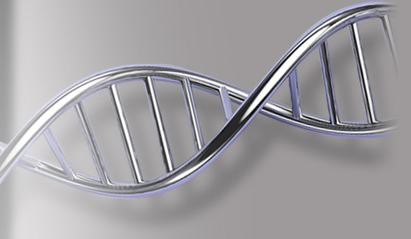Mitochondrial DNA Typing
Error message
Deprecated function: Array and string offset access syntax with curly braces is deprecated in include_once() (line 20 of /home/devgenec/public_html/includes/file.phar.inc).You are here
The forensic version of Sequencher gives you special functions for DNA-based identification. Using Sequencher’s Templates, which can help to support your standard operating procedures, you ensure your analysts are all using the same parameters and settings in their projects. We have even provided you with the Cambridge Reference Sequence (rCRS) as an example template in every installation. Consensus calling is important so you have a choice of including Consensus by Confidence and Consensus to Forensic Standards using the rules established by AFDIL. Reference Sequences are more than just a collection of A, C, G, and T, they set the base numbering and directionality of the contig. That means that, if you are working with the rCRS, then the location of your sequence variations is known absolutely. We also created a special numbering system so that insertions relative to the Reference Sequence don't perturb the sequence numbering.
Validating mtDNA profiles allows you to compare the results of separate analysts and ensure quality remains high in your lab. With this feature, you can take two contigs, compare them, and generate a report that identifies any disagreements. The report can be printed to await signatures from the reviewer and analysts. You can also export a CMF 4.1.


